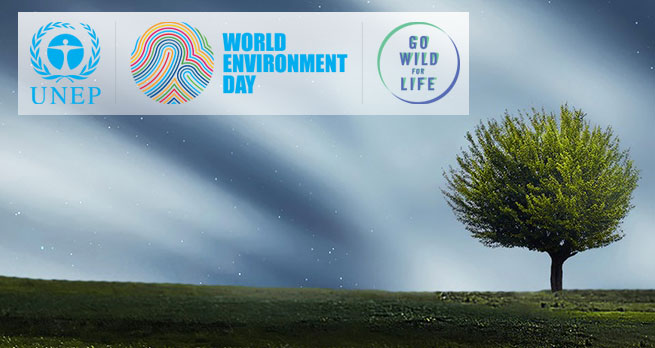
What are the benefits of the environment?
There are many well noted benefits from the environment: in terms of providing direct resources such as food and fuel; regulating and supporting global climate and nutrient cycles; and often-overlooked, but still very important cultural benefits which consider spiritual and recreational services. These are extensively studied in the Millennium Ecosystem Assessment initiatives of the UN.
From Healthy Environment to Healthy People
This year, the United Nations Environment Programme (UNEP)’s just released, thematic report is aptly entitled ‘Healthy Environment, Healthy People’ and aims to highlight the important role the environment plays to the health of its inhabitants. This report links strongly to the 2030 Agenda for Sustainable Development outlined by the UN, noting the critical links between development, the environment, human well-being and the full enjoyment of a wide range of human rights, including the rights to life, health, food, water and sanitation. This nexus is being recently well investigated for its role to peace and security as well (Securing peace, the environmentalist’s way).
On more individual level, a recent authoritative report highlights the reciprocal benefit of nature for people in terms of health and happiness. The study showed that there was a sustained, scientifically significant increase in people’s health and happiness, following practical, active contact with nature’s activities.
So, how can I engage?
There are many ways to engage, physically and or virtually, for work and or pleasure. Some examples from Milton Keynes, where the OU is headquartered are given here, but there are equivalent schemes elsewhere too.
- The big one is the Parks Trust of Milton Keynes, which manages the green spaces in the town (comprising whopping 25% of the town) with many events from music, open-air cinema to regular activities including walking, running and sailing.
- If you are into cycling, Dr Mike Dodd’s Red Way Nature Trail, provides suggestions for an 18 km, sight-seeing experience around Milton Keynes’s cycling red ways. If you are short on time but still keen for a lunch-time walk around Open University’s head quarters in Milton Keynes, then try Walton Nature Trail which has similar suggestions.
- Why not go and challenge your friends or even a stranger at one of the outdoor table-tennis set-ups in one of Milton Keynes parks.
- If it appeals to you, explore one of the religious services, where Rev. Ruth Maxey runs Forest Church in Eastern flank of Milton Keynes.
- Volunteer with your local conservation agency, for example Royal Society for Protection of Birds, Wildlife Trusts or Botanical Society of the British Isles, who are often looking for like-minded people.
- Of course on a rainy day, you could sit with your mobile/laptop/tablet and explore the environment virtually via the OU’s learning materials and engaging virtual lab such as The Open Science Laboratory.
Further resources
UNEP – Health Environment, Healthy People: Thematic report Ministerial policy review session Second session of the United Nations Environment Assembly of the United Nations Environment Programme Nairobi, 23–27 May 2016.
Millennium Ecosystem Assessment: UN report undertaken to assess the consequences of ecosystem change for human well-being and the scientific basis for action needed to enhance the conservation and sustainable use of those systems and their contribution to human well-being.
How Nature is good for our health and happiness - BBC Earth, April 20, 2016.
Taking it further
Treezilla: the monster map of trees: A site where you can engage, map and also calculate the benefits provided by your local trees.
iSpot – a friendly community of nature enthusiasts sharing their photos of nature and learning about them on the way. You can check the communities, from the British Isles, to Hong Kong, South Africa and Chile.
Study with The Open University
Environment: Journeys through the changing world (U116)
- plus, there are many other modules in the environment, development and management context - visit the prospectus site for more.
The data behind the day

Rate and Review
Rate this article
Review this article
Log into OpenLearn to leave reviews and join in the conversation.
Article reviews